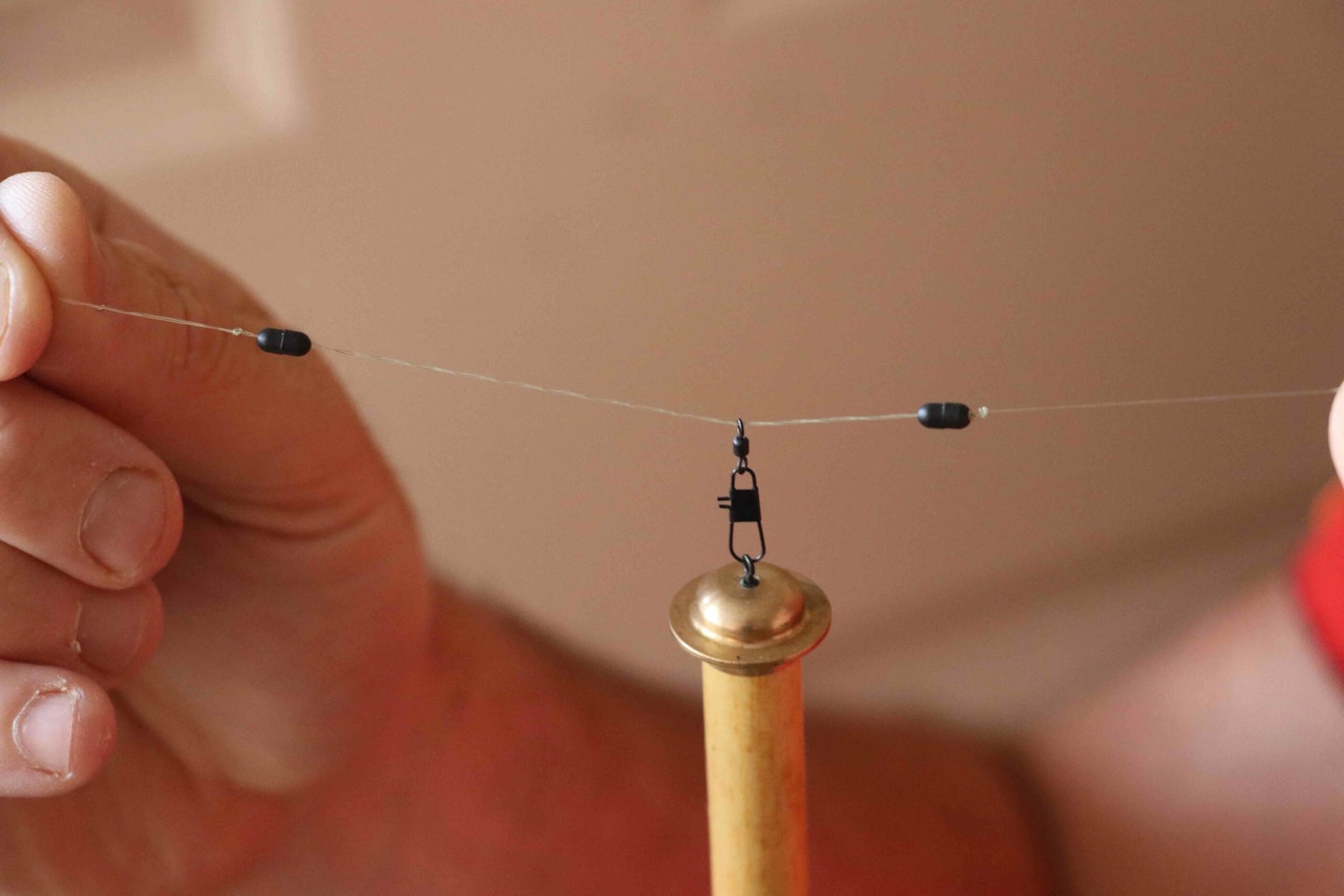The spell of warmer, settled weather we’ve been enjoying has woken up the carp in many venues, and shallow tactics have begun to play more of a part in both matches and pleasure fishing sessions.
That’s good news for me, as it heralds the start of what I see as one of the most exciting and rewarding ways of catching them up in the water, namely the pellet waggler. Yes, it can be hard work, getting into a routine of casting and feeding, but that’s soon forgotten when that thick float top lands, settles and then buries!
However, this method is not simply a case of ‘launch the float, feed and strike’, because the carp can feed very differently from one session to another. For example, they may be sitting deeper or shallower in the swim, they may be reacting positively to the noise of the float and feed, or being spooked by it, and they may move further out and then closer in throughout the day. Whatever happens, having the right wagglers to hand is as important as getting your feeding right or having the right bait on the hook.
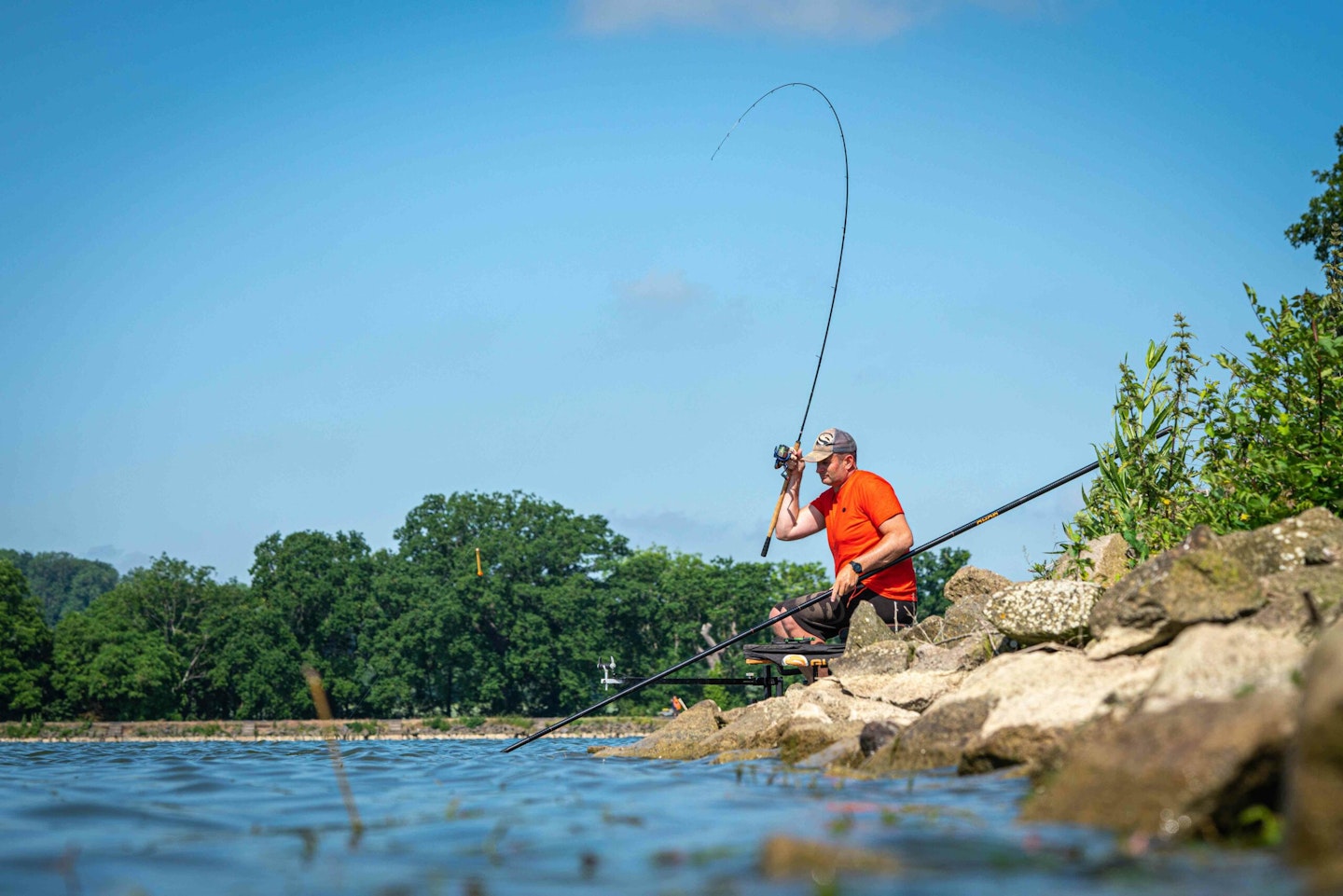
Which to choose?
Balsa floats offer long casts and stability in a strong wind. The more delicate foam floats are for flat-calm conditions, or for mugging carp close to the surface.
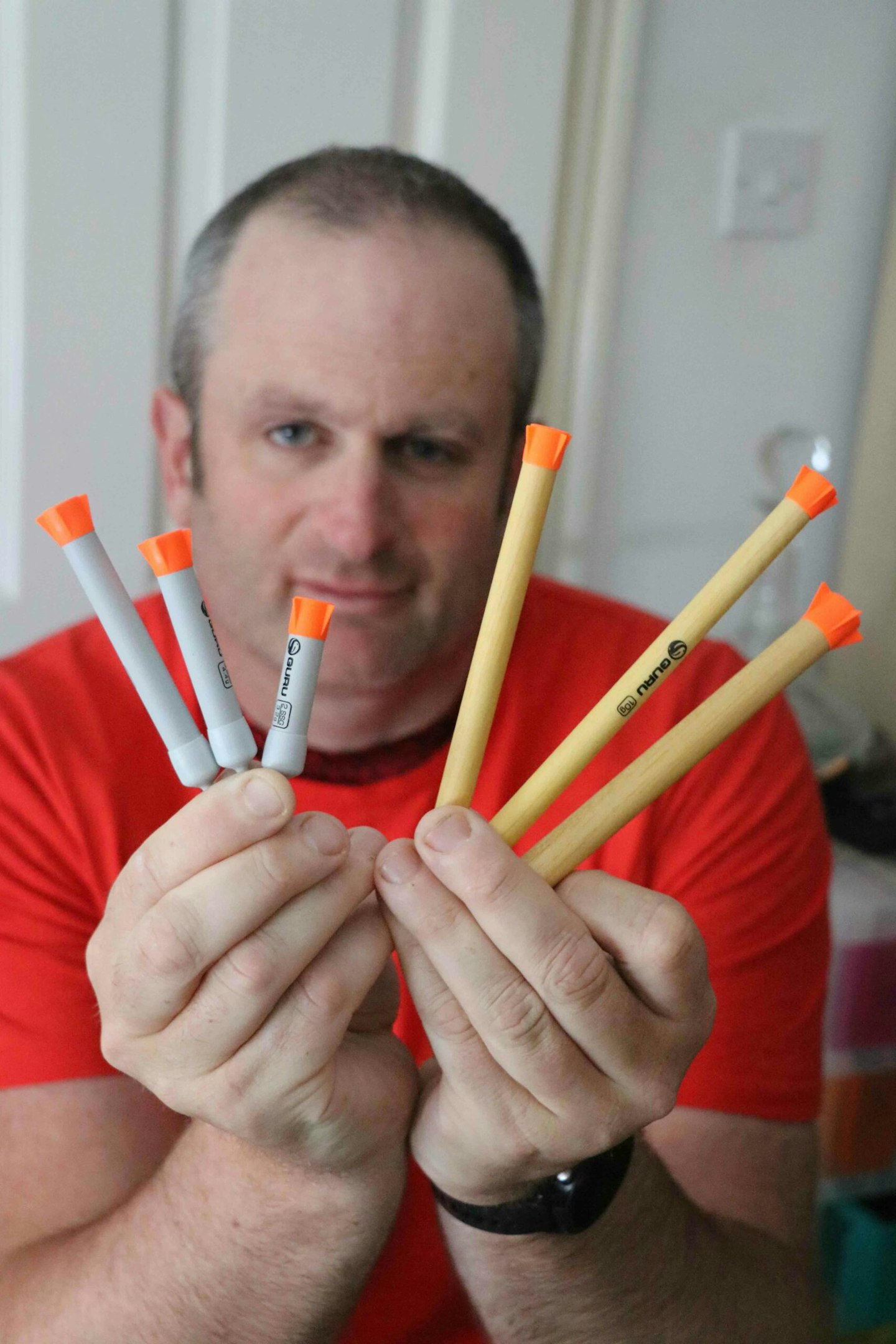
Big or small?
Pellet wagglers vary from tiny 6g floats to chunky 14g beasts. A bigger float makes more of a splash on the surface, and fish can be attracted to the noise.
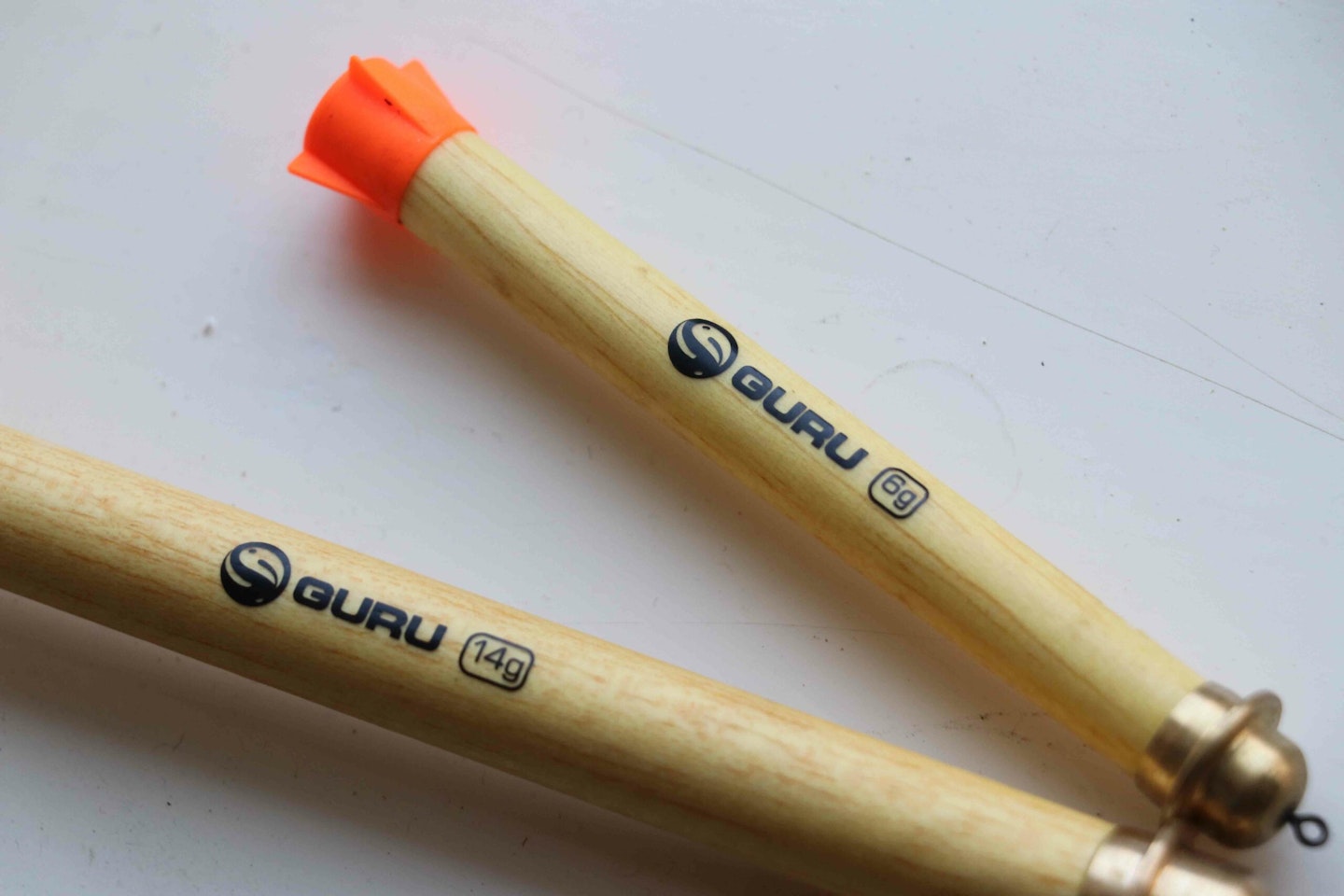
Versatile weights
The ball-shaped weights on Guru’s foam wagglers are interchangeable so, if you need to go a bit further out, it takes just seconds to change to a bigger weight.
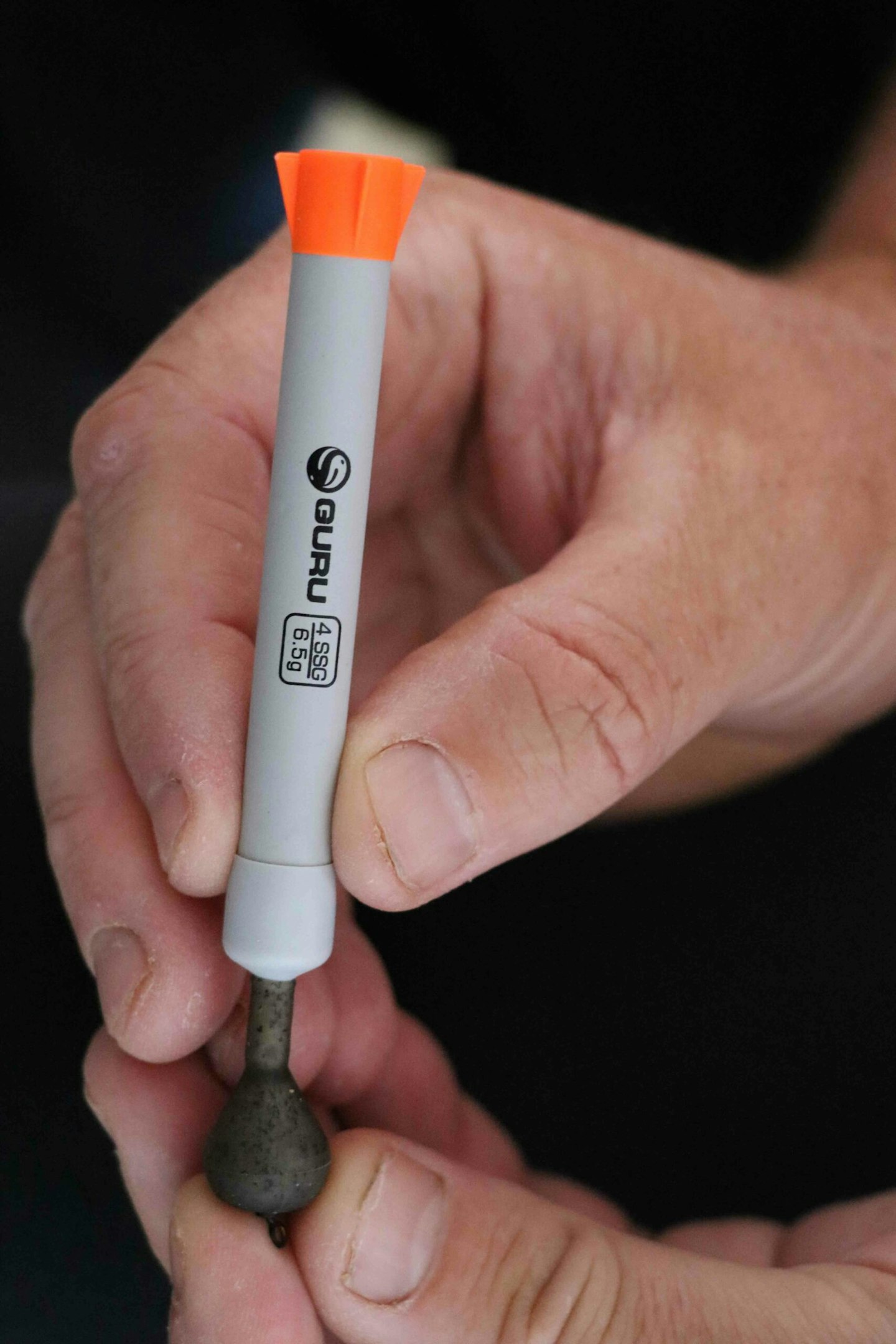
Twizzle the line
I run small foam wagglers between float stops on the mainline, but for big balsa floats that line is twizzled, creating a reinforced area for the float to run along.
